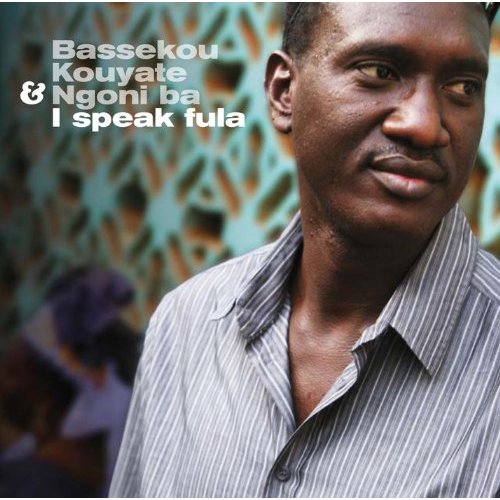April 5, 2010
What is music criticism? What has it been? What is it now? Music criticism is tied into social class, race, and politics as much as it is tied into novelty and modernity. So, in one word, music criticism is, has been and always will be convoluted.
Case in point: I once criticized the song “Mr. November” by The National as being “bad.” I didn’t give any reason. The next thing I knew, I was being called a right-leaning moderate who was criticizing a song that was, among many, an anthem of change for the Obama/Biden elections. It was an honest mistake; in truth, I just disapproved of the excessive screaming and profanity.
At this point, no one cares about my opinions on “Mr. November.” In fact, I would guess that most would agree with me in saying that the song is not one of The National’s best — I should know; I’m one of their biggest fans. The funniest part of this entire episode: I am a moderate who often leans right on economic policy, and The National is a band that leans hard left. Classifying me based on the music I like and dislike is not entirely inappropriate.
Now, I don’t know how I feel about being so easily labeled by genre. I really hate being labeled a hipster for liking indie music, but I am pretty hip.
I would like to blame this all on an opportunistic and exploitative music industry, but that excuse has run its course with the meteoric rise in independent labels. What we accomplish now by criticizing music is anybody’s guess.
What is music criticism? What has it been? What is it now?
-Stephen Epple
March 29, 2010
Dancing is legal in all 50 states, but you would never know it from going to a Carnegie Mellon concert. Last Tuesday, the 8-Bit Alliance Tour rocked Rangos, but there was no fever pitch. As New York’s Anamanaguchi played the last act of their month-long U.S. tour, I couldn’t help but notice that our crowd was stiff and our emotions dissonant.
With no kick from the crowd, Anamanguchi was surprisingly upbeat. I wondered what it would be like to follow these guys with a camera on a concert tour.
I’ve always found rock documentaries a little funny because, while you follow the band through their trials and tribulations, you also follow their audience. A good audience is what butters a musician’s bread. Audiences should learn how to give their performers a good show because concerts aren’t cheap, and it’s hard to get what you pay for. Concert documentaries have to be the best way to learn to dance and feel comfortable looking like an idiot.
The Rolling Stones have documentaries like Shine a Light and Gimme Shelter. They are the head-banging concert documentaries that, when made by such famous directors as Martin Scorsese and the Maysles brothers, have inspired the rest. The Maysleses revealed a harrowing image in 1970 with Gimme Shelter. I personally prefer the documentary A Skin a Night that followed the band The National. Under Great White Northern Lights, the documentary about The White Stripes, was screened on campus just last week.
Concerts have the potential to become amazing experiences, but I wonder if people don’t see them that way. I remember watching The National’s concert documentary and thinking I would give anything to be at that show. Maybe that was when I stopped standing at concerts and started dancing.
Why doesn’t Carnegie Mellon have more dancing at concerts? I don’t know. I just hope we do our part and get a great concert someday. Besides, if no one else is dancing, I just look like an idiot.
-Stephen Epple

